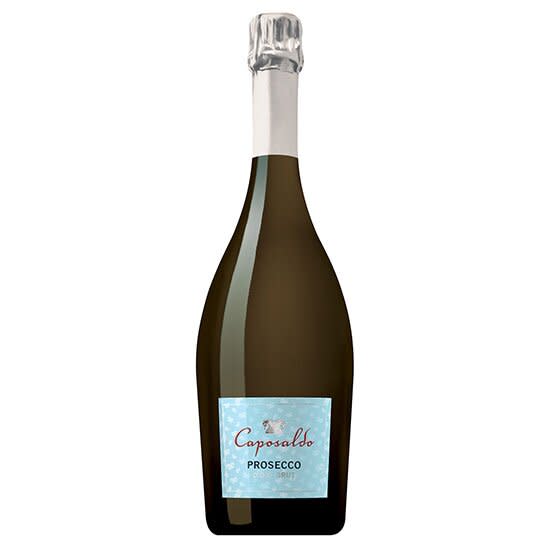5 Proseccos to Drink Now

The news that Prosecco outsold Champagne—307 million bottles worldwide compared with 304 million—may flabbergast some fizz fans, but it's really no surprise. Prosecco is as hot as a cold, sparkling white wine can be, with sales in 2013 up more than 24 percent over 2012.
That 307 million stat, by the way, came from OVSE, an Italian wine "observatory" (essentially an industry research group, though you have to like the idea of white-coated scientists spending their time watching bottles of Prosecco through massive mountaintop telescopes), so perhaps one should take it with a grain of salt. Regardless, it's hard to argue with Prosecco's overall appeal.
Prosecco is made in Italy's Friuli and Veneto regions from the native Glera grape (up to 15 percent of other varieties are allowed). It gets its fizz in a slightly different way than Champagne does—basically, the wine is sealed in a large metal tank and a second fermentation is induced (in Champagne, that happens in the bottle). With both, though, it's the trapped carbon dioxide from the fermentation that provides the wine's effervescence. Proseccos tend to show fresh, lively apple-citrus flavors. In general they're bottled without a vintage designation, and they're almost always affordable. Complexity or ageability isn't the point here. Prosecco's more a jubilant sort of drink, inexpensive enough (usually) that you can buy it on a whim, and fun enough to pour for anyone who happens to come by.
NV Zardetto Brut ($14) Light and citrusy, made from 100 percent Glera, and very easy to find, Zardetto's bottling is a fine introduction to what Prosecco's all about. (The company also makes an equally good version using organically grown grapes.)
NV Caposaldo Prosecco ($15) Bright green apple flavors are the hallmark of this well-made sparkler. It uses grapes grown on the hillsides of Pieve di Soligo, a small commune tucked between the two most well-regarded Prosecco appellations, Conegliano and Valdobbiadene.
NV Sorelle Bronca Prosecco di Valdobbiadene Extra Dry ($18) A touch more sweetness than a brut bottling, but the crisp acidity perfectly balances it out; it comes from a small producer run by two sisters, Antonella and Ersiliana Bronca.
NV Carpenè Malvolti Prosecco di Conegliano-Valdobbiadene ($19) On the drier side, and from a winery that's been around since the late 1800s. This would be an ideal dinner party pour.
2011 Nino Franco Primo Franco Prosecco Valdobbiadene Superiore ($30) This vintage bottling from one of Prosecco's most respected producers has a creamy complexity and floral aromas that lift it above the usual run by quite a bit; it's well worth the additional cost.
RELATED: Champagne Guide
